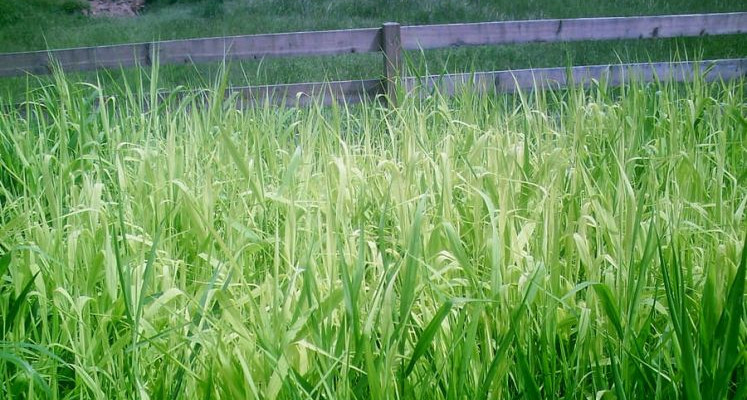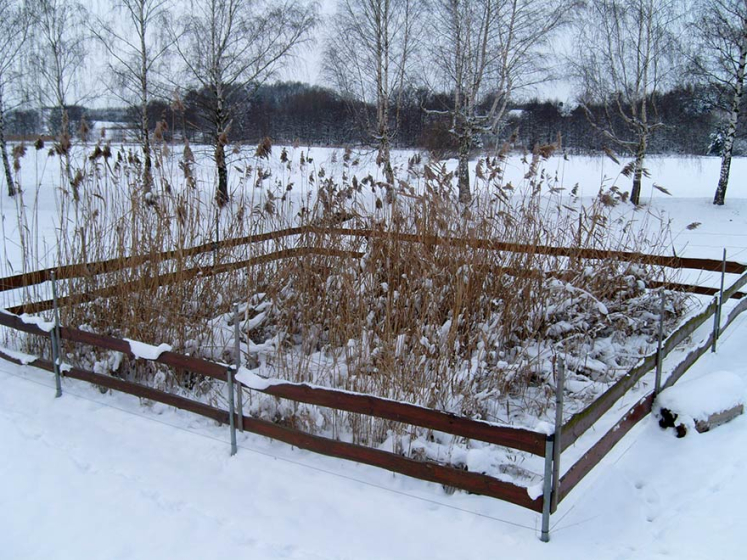Constructed wetlands: frequently asked questions
We answer the frequently asked questions about our constructed wetlands:
Do offensive smells arise when constructed wetlands are used?
Offensive smells are inevitable if the sewage is at the surface and being moved. However, the pre-cleaned sewage immediately seeps away into the gravel drainage covering the distribution system and therefore there is no danger of any offensive smells.
What is the service life of a constructed wetland?
One might suppose that due to the permanent inflow of organic material, the sand filter ought to be blocked sooner or later. This may certainly happen if the wetland is overloaded or too small. Our wetlands are scaled such that the inflow of organic matter and degradation are balanced. When used according to the operating instructions, a constructed wetland will have a service life of at least 15 years.
The limiting factor for the service life of a CW is the durability of the plastic foil. The foil should be protected from ultraviolet radiation by a layer of gravel. All the electric equipment, i.e. the pumps, control systems, electrodes etc. should be regularly inspected and serviced.
Even if the CW should become blocked owing to faulty operation, it is sufficient to loosen the upper 10 cm of substrate or in the worst case to replace it with fresh sand. The costs and the labour required for the refurbishment of a constructed wetland are very moderate.
When treating domestic sewage there is absolutely no danger of the soil becoming danger-ously contaminated. This has been demonstrated by several studies where filter sand from a CW was analysed for residues (for instance in 1996 by the German Federal Department for the Environment).
How often do the reeds have to be cut?
Opinions vary in this regard. Our experience shows that the reeds only need to be cut once every five years. More frequent cutting stresses the soil and contributes to soil compaction.
Reeds may be composed, burnt or recycled (heat insulation).
Will we be plagued by midges breeding in the constructed wetland?
The grubs of midges live in stretches of standing water. A constructed wetland, however, is not a pond, but filled with gravel and sand with no water on the surface. So each water-butt offers better conditions for the procreation of midges.
How much maintenance does a constructed wedland require?
During the first two years when the reeds are not sufficiently dense yet, the constructed wetland should be weeded regularly and visually checked every two weeks.
The preliminary sedimentation basin which will in most cases be a multichamber sedimentation basin pursuant to DIN 4261 must be emptied (sediments) once a year.

The preliminary sedimentation basin which will in most cases be a multichamber sedimentation basin pursuant to DIN 4261 must be emptied (sediments) once a year.
The constructed wetland should be inspected by a specialist company once a year.
Do constructed wetlands freeze during a sharp frost?
This is possible, but only if the design or construction of the plant are at fault.
Constructed wetlands will not freeze if the following rules are observed:
- he purified sewage must be able to flow freely into the sewage treatment plant. A tail-back at the start of the CW (caused for example by the deposition of foliage or the rank growth of plants in the receiving water course) will decrease the flow rate and the water may freeze.
- There are three reasons for the fact that constructed wetlands with horizontal flow do not freeze, despite slow flow rates:
- The incoming sewage has a temperature of at least 8°C.
- As the sewage has a high salt content, the freezing point of sewage is around -2,5°C.
- The metabolic activities taking place generate heat.
- Constructed wetlands with vertical flow are in no danger of freezing if solely washed substrate is used.
If loamy substrates are used, an internal or external barrier will eventually arise as a result of clogging. As a consequence, water may accumulate on the filter and may freeze. AQUA NOSTRA filters are filled with 'pure' material and the upper layer consists of gravel to make sure the new sewage seeps away rapidly.


